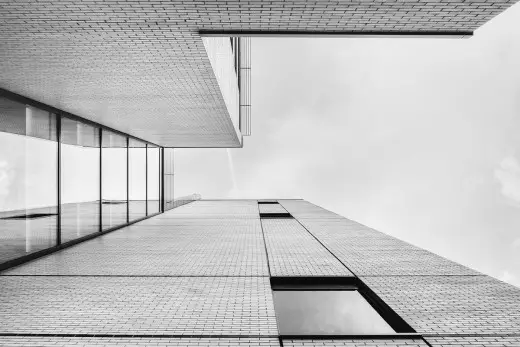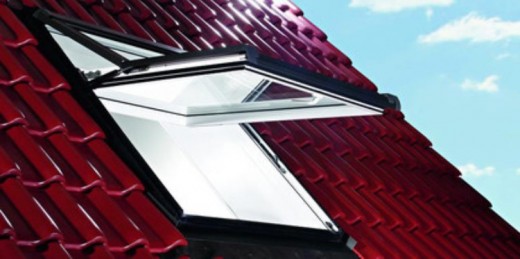Modern Windows History Guide, Property Advice, Building Tips
History of modern windows architecture guide
14 July, 2020
History of modern window architecture
From paper windows, through stained glass windows in churches, all the way to modern models – the history of windows is a long one. As an architectural element, they were already well-known in ancient times, even though back then their designs, and the materials used to make them, were quite different.
So much so that for many people some of them wouldn’t even classify as windows compared to the product we’re used to nowadays. When you’re trying to find a new roof window or a side hung window for your home, you don’t really stop to think about the history of windows. But how exactly the glass window we know today came to be?
When was glass first manufactured?
The archeological evidence we currently have – even though there are historical sources that point to an even earlier date – show that glass was already produced in Ancient Egypt and Eastern Mesopotamia as far back as 3500 BC. But the first use of glass in windows took place in the Roman Empire in the first century AD. Though it’s worth noting that it took them around two more centuries before those glass panes became transparent. Unfortunately, this technology got lost in the historical turmoil, and, for a very long time, glass was mostly associated only with churches – beautiful stained glass windows were used to decorate the buildings.
Luckily for us, sometime during the 17th century, the manufacturing process of transparent glass was rediscovered in France, and we can safely say that since then glass windows took over the world.
History of modern windows
The first windows manufactured with this new method consisted of a small glass pane in a wooden frame – this process simply wasn’t efficient enough to produce bigger panes. (Its quality also left a lot to be desired since the surface had many flaws.) But since such small windows weren’t the most practical solution, soon enough, a different design started gaining popularity.
When we think of Georgian architecture, windows are one of the most characteristic elements that comec to mind – since producing big windows wasn’t possible, the only option left was to fit multiple separate panes into one sash. This created the design that can still be found in houses all over the UK today – even though its presence is no longer caused by the necessity but rather by the popularity of its unique appearance.
It was only during the 20th century that manufacturers were able to develop their methods even further and start producing glass panes in the sizes we see everywhere around us today. Nowadays, no one is surprised to find huge, floor-to-ceiling windows not only in commercial buildings but in domestic settings as well.
But the introduction of windows in bigger sizes was not the only development that took place in the last century. Production of double-glazed windows was another big step – such windows are a lot more energy-efficient and offer better insulation both from the weather and sounds. Currently, it’s not uncommon to find even triple-glazed windows as well.
But it wasn’t only the glass itself that changed over the years. The sash changed just as much. Other materials replaced timber – currently, most of the models on the market are made of PVC or aluminium. New materials and new designs allowed manufacturers to create a huge array of options that we can choose from
Comments on the Detailed Guide on History of modern windows architecture article are welcome.
Architecture
Contemporary Buildings
Scottish Widows, off Lothian Road

picture © Adrian Welch
Scottish Widows
Comments / photos for the History of modern windows architecture page welcome






